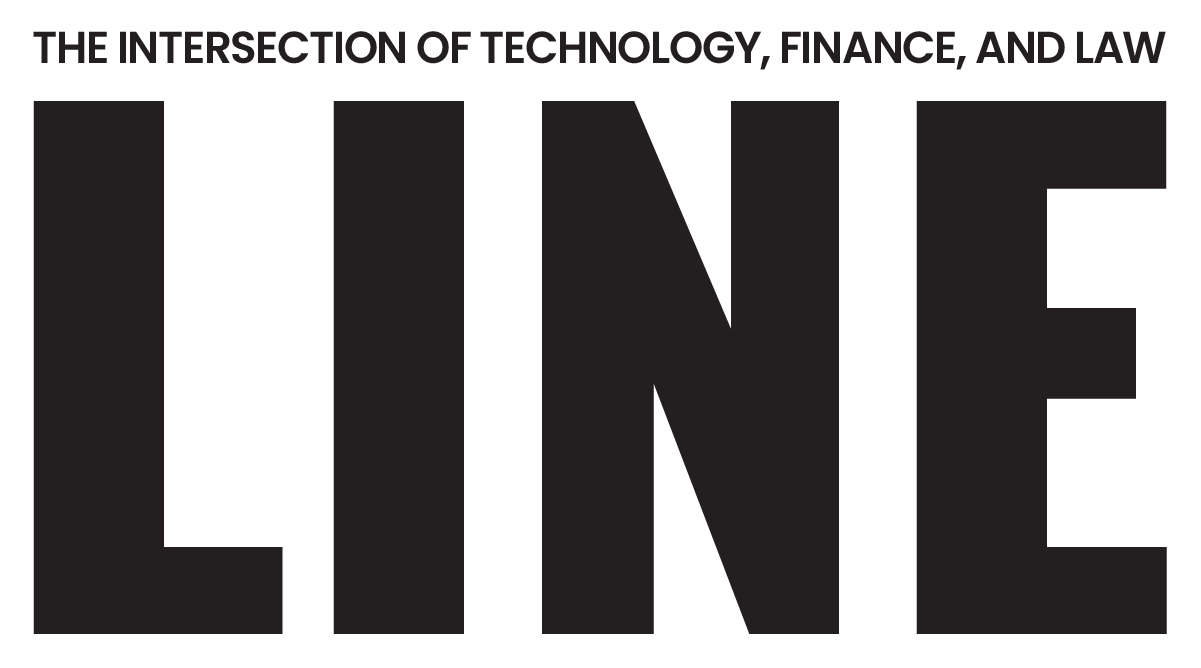The Present: A Curious Mix
Where we stand now, at the dawn of 2024, the scale and effect of litigation finance is more significant than ever. But as in any area in which rapid transformation occurs, there’s a curious mix of enthusiasm and unease. Some parties want to go full speed ahead, others want to pump the brakes, or at least have a better understanding of how the space is changing the broader litigation arena.
As litigation funding becomes more prominent, more people see it as an opportunity, attracting new players, more money, and in some corners, skepticism. In years past, Big Law often turned a jaundiced eye toward litigation finance, but now increasingly embraces it as law firms continue to develop more businesslike mentalities and a refined focus on managing risk. Specialized insurance products have emerged, as well as a growing secondary market for litigation finance. A lot is happening, and all at the same time.
But not everyone is fazed.
Profit and Loss
These are positive developments in the eyes of Fred Fabricant, founder of the patent litigation boutique firm Fabricant LLP in New York, who has had a front-row seat to the evolution of litigation finance. He embraced the concept early and has no problems with secondary markets or specialty litigation insurance, with some qualifications.
“Insurance is great if there’s a product that assists with the whole funding relationship, and adds a layer of protection,” Fabricant says. “It’s really for the benefit of the funder. It’s not for the benefit of the client, because if the case is lost, the case is lost. It’s so the funder doesn’t go to zero — essentially, that’s the real protection.
“The only question, then, is who pays that premium?” he continues. “If the funder is bearing the cost of the premium out of the funder’s rewards, then I have no problem with it at all. If the client is going to bear the cost, then it’s just a question of how expensive the money is. It starts off being very expensive money.”
That can lead to some tension as long, hard-fought cases draw toward conclusion. Once the final numbers are in, clients have a clear perspective on how all the monies collected are distributed along the waterfall of returns. There may be dissatisfaction with how much the funder and the law firm receive, even if the case was victorious. Fabricant chalks that kind of thinking up to after-the-fact second-guessing.
“Even though it may have been a hugely successful campaign; and even though the plaintiff could never have gotten a penny, or brought the lawsuit at all, without all this expensive money; and even after they were made very, very wealthy — they’re not always happy,” he says.
That may be basic human nature. But if a plaintiff has a valuable asset, and there’s no way to monetize it, the value of the asset will never be realized. Fabricant believes litigation finance provides a necessary means to a just resolution.
“Let’s suppose at the end of the day you gave up 60% of the value of the asset,” he says. “You got 40%, it didn’t cost you a penny, you were never at risk. None of this was recourse. Is that a good deal or not?”
“[The biggest companies in the country] want full disclosure of who’s giving money to the little guy, but don’t want to give full disclosure of who’s paying the bills on their side.”
Managing Partner
Fabricant LLP

The Disclosure Debate
Perhaps the most prominent current topic of discussion in the litigation finance sector is the escalating demand for disclosure, a desire for transparency into who is paying for a case and what they stand to gain. Some harbor suspicions that third-party funding will erode client service, affect outcomes, and undermine justice.
Some state attorneys general, legislators, and the US Chamber of Commerce have raised concerns about disclosure — not just the disclosure that a case is funded by a third party, but a granular disclosure of budgets and detailed funding terms. That doesn’t carry merit with Fabricant.
“If you look at it objectively, how do you say that an individual who has valuable assets, like patents, doesn’t have the right to try to enforce those rights against a major company that’s infringing those rights — taking, and sometimes stealing and copying an invention?” he says. “How is it possible that because that person needs some financial assistance that that’s somehow unfair?
“We’ve heard the Chamber of Commerce talk about how there’s got to be full disclosure, that you have to let them know everything. That would mean the financial terms, the amount of the budget, evaluations that were done by counsel in connection with the funding agreement. They argue that all of that should be given to a big tech defendant. For what reason? It has nothing to do with whether they’re infringing, it has nothing to do with whether they stole the technology, it has nothing to do with how much money a jury might determine the damages should be, it has nothing to do with whether the patent is invalid. So why? The only reason is because it will possibly undermine the patent owner’s case.”
This, Fabricant says, re-tilts the playing field that third-party funding has leveled and gives advantage back to the interests of the most well-heeled players. The question then becomes what parties are backing the lawmakers and organizations pushing for full disclosure.
“Who’s doing it? Well, we know who it is. It’s the biggest companies in the country who don’t like being sued for patent infringement,” he says. “They want full disclosure of who’s giving money to the little guy, but don’t want to give full disclosure of who’s paying the bills on their side and how much money they have budgeted to defend the case.”
Fair Play
The question of disclosure is of course a spectrum. In most cases courts require disclosure of whether there is third-party funding. That’s usually a simple yes or no question, and the name of the funder is provided. But that stops before revealing financial terms, which is where Fabricant draws the line.
“I have no problem saying it’s funded and giving the name of the funder — I actually think that helps us, because then the big tech company knows that’s a big fund,” he says. “You can’t outspend that fund. More importantly, they know that fund does extensive diligence; they know that fund hires outside counsel to give them separate independent advice. They know it’s been diligenced to hell, and that the fund was willing to get behind it, and they have a top-quality, experienced law firm who likes it.”
That knowledge gives corporations information to weigh in deciding whether they want to take a case all the way. Beyond that, he says, further disclosure would pay directly into a defendant’s strategy. Information such as overall budget, distribution of proceeds, and any terms regarding exceeding projected budgeted fees and costs fundamentally undermines the case. There is no reciprocal transparency into a corporation’s legal budget, so fairness and the merits of the case are compromised.
“If there’s some kind of regulation from Congress, or states, that somehow requires that level of disclosure, which makes the now-level playing field unfair, then I have a real problem with that,” he says. “It’s hard to predict whatever will come out of Congress, particularly with respect to patent reform or patent changes. There have been many bills over the past years that never went anywhere. There are bills now that would modify the AIA and what goes on in the PTAB. The people in Washington who know, they’re all over the map as to whether anything’s ever going to pass.”
Part 3 of this series will look at what lies ahead for litigation finance.



